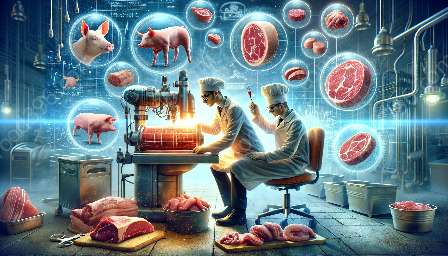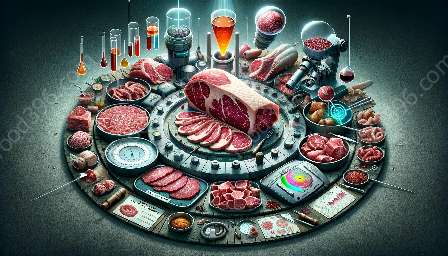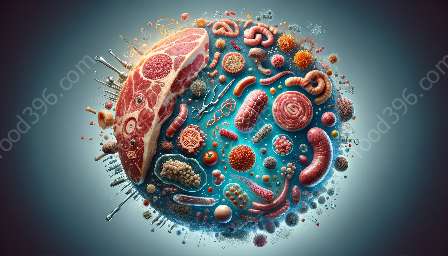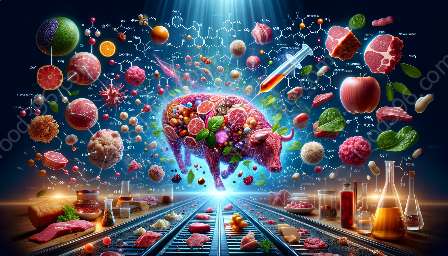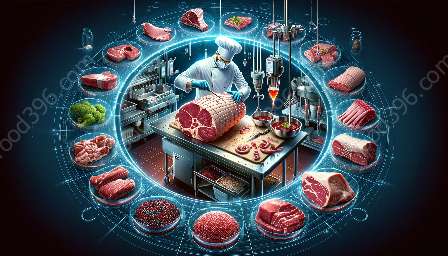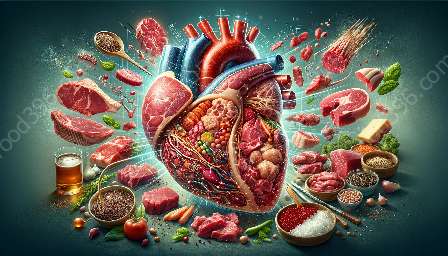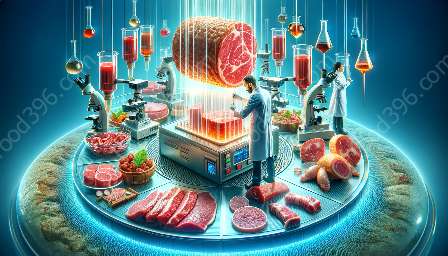Meat, a staple in many diets around the world, is not just a source of protein and flavor. It is also a rich subject of study in the field of meat chemistry. This exploration of meat chemistry will delve into the chemical composition of meat, its impact on food and drink, and its implications in meat science.
The Chemical Composition of Meat
Meat is composed of water, proteins, lipids, minerals, and non-protein nitrogen compounds. Water is the most abundant component, comprising about 75% of fresh meat, while proteins, primarily myofibrillar proteins, contribute to the texture and nutritional value of meat. Lipids, consisting of triglycerides, phospholipids, and cholesterol, play a key role in flavor and juiciness. Minerals such as iron and zinc contribute to the nutritional profile of meat, while non-protein nitrogen compounds, like creatine and creatinine, influence the flavor of meat.
Implications for Food and Drink
The chemical composition of meat has significant implications for food and drink. For example, the Maillard reaction, a chemical reaction between amino acids and reducing sugars, is responsible for the browning and flavor development in cooked meat. Understanding the chemistry behind this reaction allows chefs and food scientists to optimize the flavor and appearance of meat-based dishes. Additionally, the interaction of meat proteins with salt and other seasonings can affect the texture and juiciness of meat products, influencing the sensory experience of consumers.
Meat Science: Safety and Quality
Meat chemistry is closely intertwined with the field of meat science, which encompasses the safety and quality of meat products. The chemical composition of meat influences its microbiological stability, preservation, and safety. For instance, the pH level, water activity, and presence of antimicrobial components affect the growth of microorganisms in meat. Understanding these chemical factors is essential for preventing foodborne illnesses and ensuring the quality of meat products.
In conclusion, the study of meat chemistry offers a fascinating journey into the scientific principles underlying the taste, texture, and safety of meat. By understanding the chemical composition of meat and its implications for food and drink, as well as its connections to meat science, we gain insights that shape our culinary experiences and contribute to the advancement of food and drink industries.
